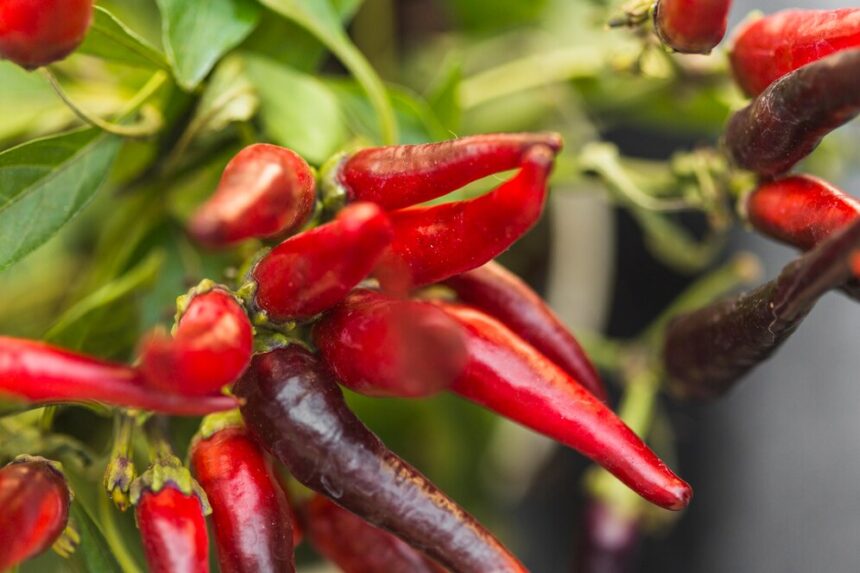Chilli farming is a highly profitable agricultural venture, offering substantial returns when done correctly. With the growing demand for fresh, dried, and processed chillies in local and international markets, farmers can maximize their earnings by implementing effective cultivation and marketing strategies. Below are key steps to growing chillies for high profits.
1. Choosing the Right Variety Selecting the right chilli variety is crucial for achieving high yields and profitability. Some of the most profitable chilli varieties include:
- Bird’s Eye (for spicy condiments and sauces)
- Cayenne (popular for dried and powdered chilli products)
- Jalapeño (used in fresh and processed forms)
- Habanero (high-value variety for hot sauce production)
- African Birds Eye (preferred in spice and pharmaceutical industries)
2. Optimal Growing Conditions Chillies thrive in warm climates with temperatures between 20°C and 30°C. They require well-drained, loamy soil with a pH range of 5.5 to 7.0. Adequate sunlight is essential for good flowering and fruit development. Farmers should ensure proper land preparation, incorporating organic matter to enhance soil fertility.
3. Planting and Spacing Chillies can be grown from seeds or seedlings. If using seeds, they should be germinated in nurseries before transplanting. The recommended spacing is 45-60 cm between plants and 60-90 cm between rows to allow sufficient air circulation and prevent disease spread.
4. Irrigation and Fertilization Chillies require moderate but consistent watering. Drip irrigation is ideal for maintaining moisture levels while reducing water wastage. Fertilization should include nitrogen, phosphorus, and potassium applications at different growth stages. Organic compost or manure can improve soil fertility and enhance plant health.
5. Pest and Disease Management Common chilli pests include aphids, whiteflies, and fruit borers, while diseases like bacterial wilt, powdery mildew, and anthracnose can affect yields. Integrated pest management (IPM) practices such as crop rotation, neem-based sprays, and biological control methods can help minimize losses.
6. Harvesting and Post-Harvest Handling Chillies are ready for harvesting 70-120 days after transplanting, depending on the variety. Regular picking encourages continuous production. Proper post-harvest handling, such as sun-drying, sorting, and packaging, is essential to maintain quality and market value.
7. Marketing and Value Addition To maximize profits, farmers should explore various market opportunities, including:
- Supplying fresh chillies to supermarkets and restaurants
- Selling dried chillies to spice manufacturers
- Processing into chilli powder, sauces, or pickles
- Exporting to international markets with high demand for quality chillies
Growing chillies for high profits requires careful planning, quality inputs, and effective market strategies. By selecting high-yielding varieties, implementing good agricultural practices, and targeting the right market segments, farmers can achieve substantial returns and establish a sustainable agribusiness.
Join 'Farmers Mag' WhatsApp Channel
Get the latest Farming news and tips delivered straight to your WhatsApp
CLICK HERE TO JOIN






